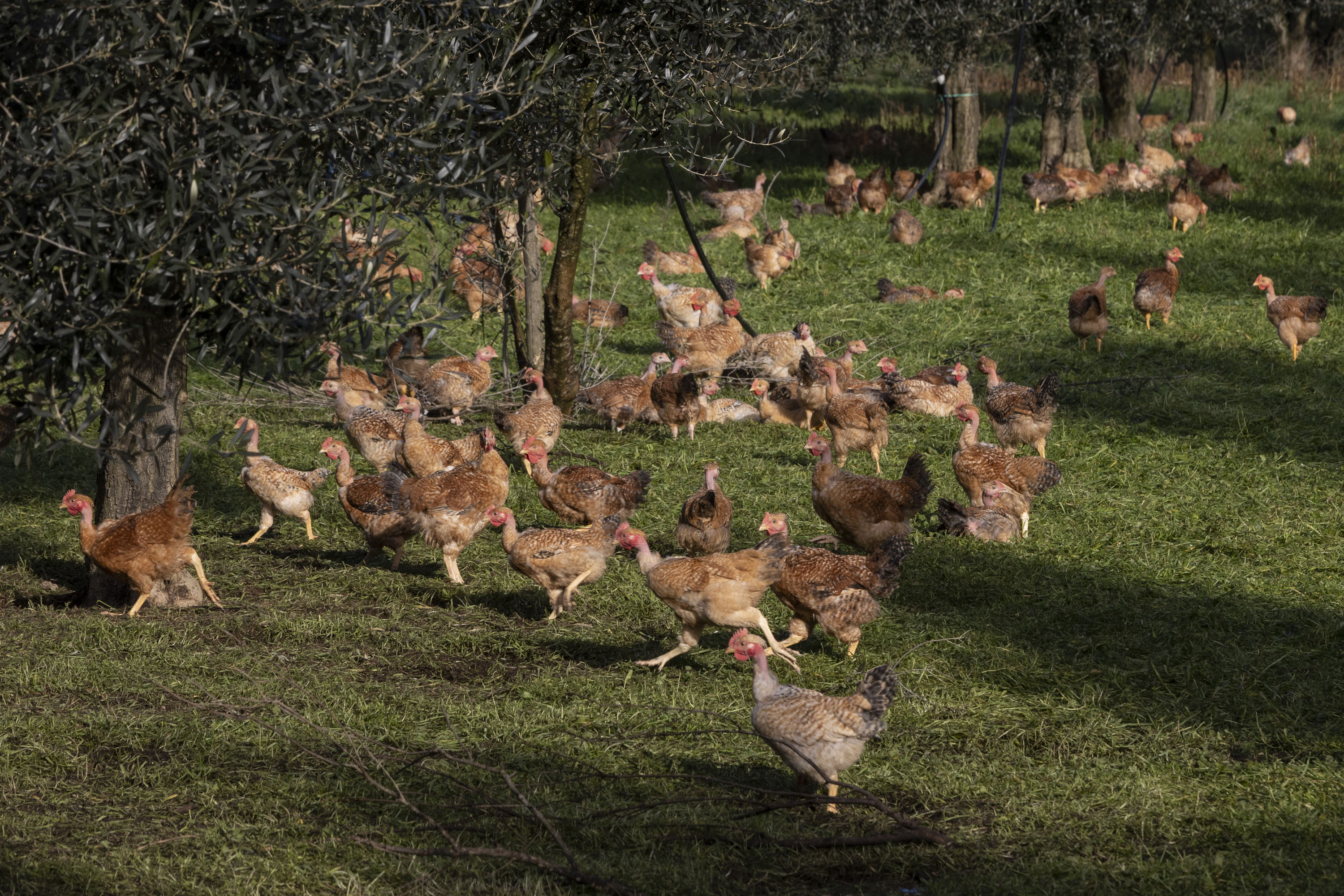Media release
From:
Agriculture: Antibiotic use in livestock projected to rise
Global antibiotic use for livestock could increase by nearly 30% by 2040 compared to 2019, suggests an analysis published in Nature Communications. The findings highlight the need for coordinated global efforts in the livestock sector to bring about reductions in antibiotic use.
The misuse and overuse of antibiotics are associated with the emergence of antimicrobial resistance, a major global health threat. In response, governments have committed to significantly reducing the quantity of antimicrobials used in the agrifood system by 2030. However, with rising demand for animal-source proteins for human consumption, particularly in regions where livestock biomass is projected to grow due to population increases and rising incomes, it is uncertain how these targets can be met.
Alejandro Acosta and colleagues estimate future antibiotic use in livestock at global, regional, and subregional levels. They considered different scenarios in which the levels of livestock biomass and antibiotic use intensity (the relative amount of antibiotic used per unit of livestock biomass) varied compared to ‘business-as-usual’ assumptions (where livestock biomass and antibiotic use intensity follow current trends). Their models suggest that under a business-as-usual scenario, antibiotic use quantity could rise to over 143,000 US tons per year by 2040, representing a 29.5% increase from the 2019 baseline. However, projections using alternative scenarios suggest that moderate reductions in antibiotic use intensity (30% decrease) can offset increases in antibiotic use quantity when combined with a reduction in total livestock biomass, achieved through productivity improvements. The largest reduction scenario was found when antibiotic use intensity was reduced by 50% in combination with decreased livestock biomass (achieved through productivity improvements), resulting in an almost 57% decrease in the quantity of antimicrobials used in the sector, with projections dropping to about 62,000 US tons per year by 2040.
The study highlights large regional disparities in predicted antibiotic use, emphasising the need for unified global efforts in managing livestock biomass and reducing antibiotic use intensity. Asia and the Pacific are expected to remain the largest contributors, accounting for 65% of total global use by 2040, followed by South America at approximately 19%. Notably, the regions experiencing the highest growth in antimicrobial use quantity are also set to play a pivotal role in meeting the rising global demand for animal-source foods, driven by population growth and increasing incomes.
The authors note that the accuracy of these projections is limited by gaps in country level reporting, lack of species-specific data, and the absence of antibiotic-class-specific data. Improved data collection and standardised reporting will be needed to improve estimates and enable monitoring towards antibiotic use targets, the authors conclude.
Multimedia







 International
International



